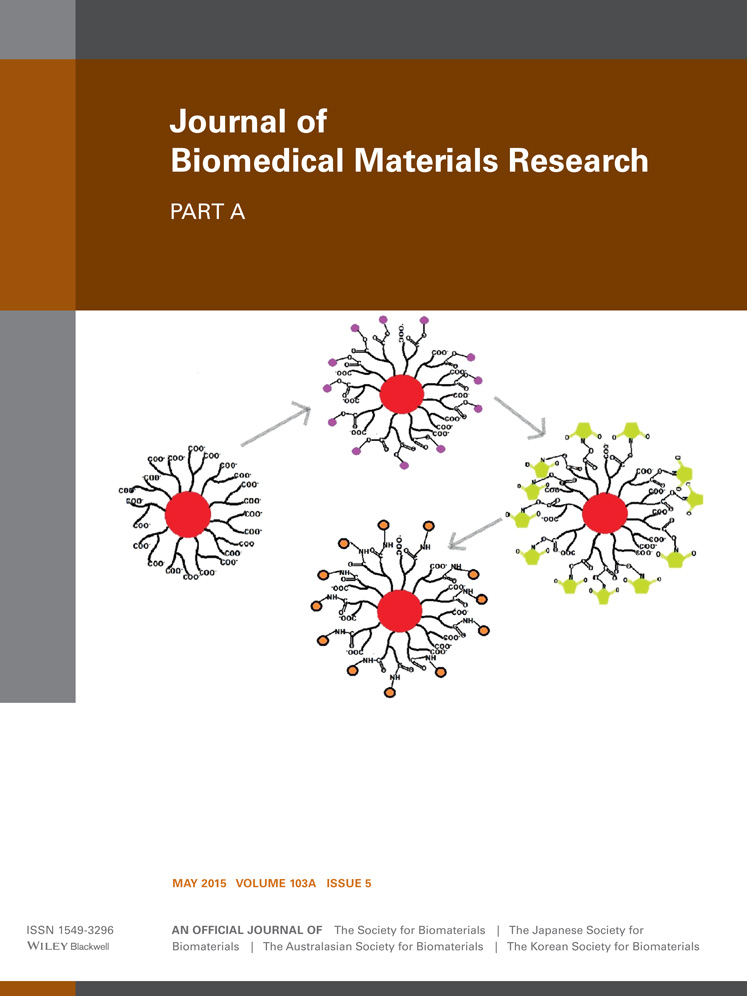Development of wheat glutenin nanoparticles and their biodistribution in mice
Abstract
Wheat glutenin nanoparticles intended for targeted drug delivery were biocompatible and were detected in the kidney, liver, and spleen in mice. Protein-based nanoparticles are preferred for therapeutic drug and gene delivery owing to their biocompatibility and ability to load various types of drugs. However, proteins such as a collagen and albumin are unstable in aqueous environments and are not ideal for drug delivery applications. Wheat glutenin has been demonstrated to be biocompatible and have good stability under aqueous conditions. Films and fibers have been made from wheat glutenin for medical applications but there are no reports on developing micro- or nanoparticles. In this research, wheat glutenin nanoparticles (70–140 nm) were prepared and the stability of the nanoparticles under various physiological conditions was investigated. Nanoparticles were fluorescently labeled and later injected into mice and the ability of the nanoparticles to penetrate into the cells in various organs was studied. Strong acidic or alkaline conditions provided glutenin nanoparticles with low diameters and the particles were more stable under the pH 7 rather than pH of 4. Glutenin nanoparticles were predominantly found in the liver in mice. Our in vivo and in vitro studies suggest that glutenin nanoparticles are suitable for drug delivery applications. © 2014 Wiley Periodicals, Inc. J Biomed Mater Res Part A: 103A: 1653–1658, 2015.




